Trends In Assets and Investing
To create wealth, investing beats inflation, saving, or real estate however, only 18% of US households have a stockbrokerage account. Because the problem of the Two America’s (the gap between the “have’s” and “have nots”) is growing; the number of possible investor households is limited.
The question is not how to get more households interested in investing. The question is how to help more “mass affluent” households—a euphemism for the vanishing middle class—to be able to free up sufficient financial resources to build wealth by investing. Over the past three decades, the total number of US households has grown, the proportion of households with a stockbrokerage account has fluctuated but hovers at an average of only 20%. As the divide deepens, the number of trades may continue upward but there will be little organic growth in the number of investor households.

Over the past 2 decades, households’ ownership of retail investment products has shifted significantly: CDs and Stock or Bond Mutual Funds have declined; Mutual Funds have increased significantly post-Covid as has stock ownership over the past decade. Over the next few years, interest rates will determine the direction of Bonds and Treasuries (owned by less than 4% of all households). ETFs have become more popular since 2019. Cryptocurrency ownership has increased rapidly in the past two years—unfortunately its value hasn’t kept pace with ownership.

If the economy were to continue as it has for the past three decades of easy money (low interest rates), we would expect to see trends continue their current trajectory. But despite a possible US default, war in Ukraine, stubborn inflation and pending recession, it’s demographic changes that are changing much about life as we know it today. The rise of singletons and child-free households, shifts in life expectancy, worker shortages, the increasing prominence of college-educated women, and a new generation of consumers should not be ignored. Ah yes, don’t forget climate, AI and fintech. Yikes! Quite an unsettling convergence of disruptions.
Decades of disruption have a long windup (10 years) and a long tail (50 years). The last disruptive decade was the 1970s. In the Seventies, the youngest consumers—now Older Baby Boomers—ushered in an era of cultural norm and public-policy changes. By the 80s, Boomers determined that ‘greed was good’—money held the highest value. Fast forward 50 years and the newest version of change agents (Zoomers) want enough money to live but to have meaningful, inclusive work. Knowing a context change is in play helps analysts look at data with fresh eyes and clearer vision. Context is everything.
Insights
- Keep the idea of a disruptive decade in mind and focus on household heads under the age of 25 (Zoomers).
- Products gaining the most ground (in the above graph) are those that allow new investors to gain entry at a self-determined low price: Stock (fractionals), ETFs, and Crypto.
- Revise your definition of low-price downward: $5, $50, $100. Many young consumers are interested in investing as a method to protect themselves financially in a physically altered, post-social-safety-net future.
- More households are looking for ways they can afford to invest than are investors currently.
- Growth opportunities exist for organizations that develop low-cost entry points to traditional investment products, new investment products and ownership pathways that are inclusive.
Don’t miss the second of several planned video Briefings about 2022-23 First Trends with Larry Cohen, Director of MacroMonitor.
For more First Trends, stayed tuned on RFI.Global, RFI Global on LinkedIn, or email us on MacroMonitor_Team@rfi.global.
Subscribers have access to all 2022-23 MacroMonitor data collected between December 2022 and January 2023.
About the Author
Larry Cohen is Director of The MacroMonitor, the largest and longest running syndicated program on household financial needs in the US today. Since 1978, this program has been providing a holistic understanding of the evolution of consumers’ financial needs.
Larry consults with all types of financial services institutions, associations, government agencies, and universities on consumer financial services such as macroeconomic trends, segmentations, new product and market innovations, strategic planning, and direct marketing.
Prior to working at RFI, Larry was Vice President and Director of Consumer Financial Decisions (CFD) with Strategic Business Insights (SBI), an employee-owned spin-off from SRI International. Larry holds an M.B.A. from the Graduate School of Management of Rutgers University (Newark, New Jersey), and a B.A. in interdisciplinary social sciences from Syracuse University (New York).

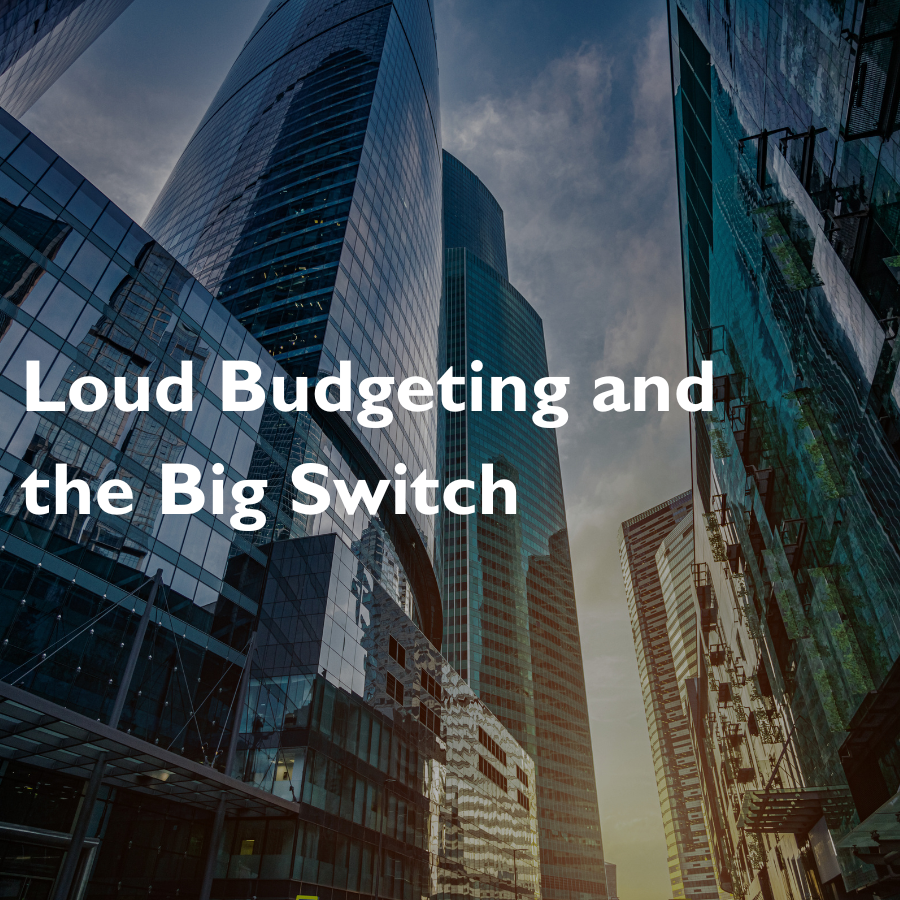

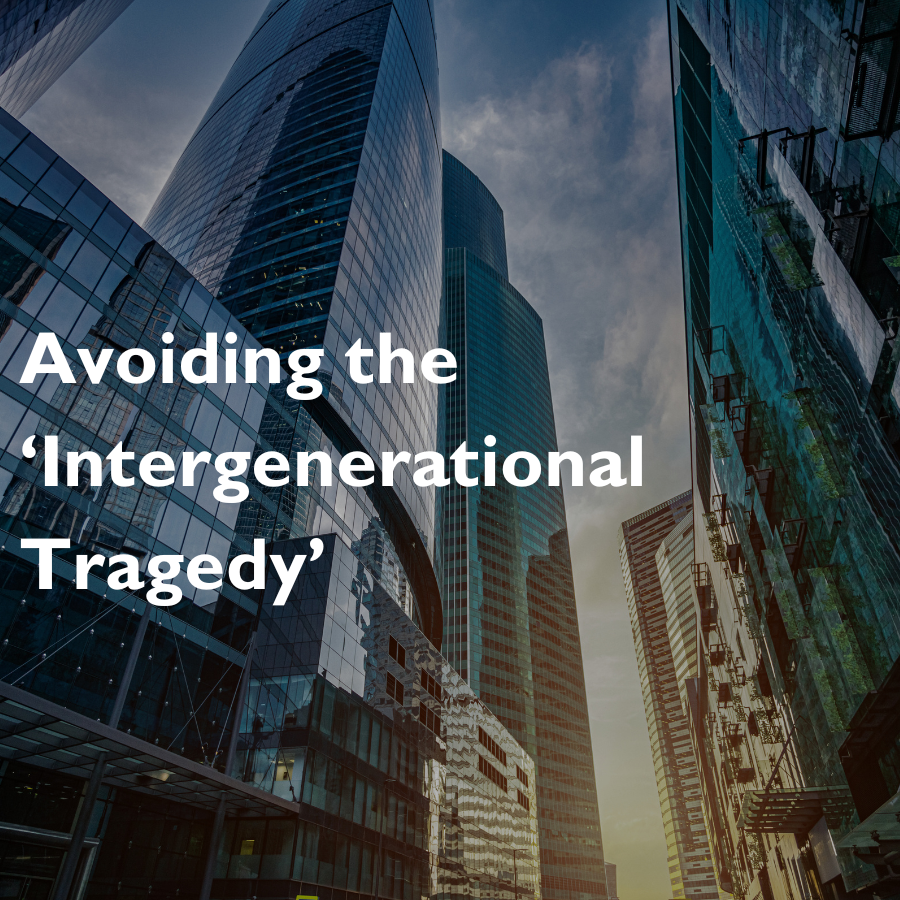


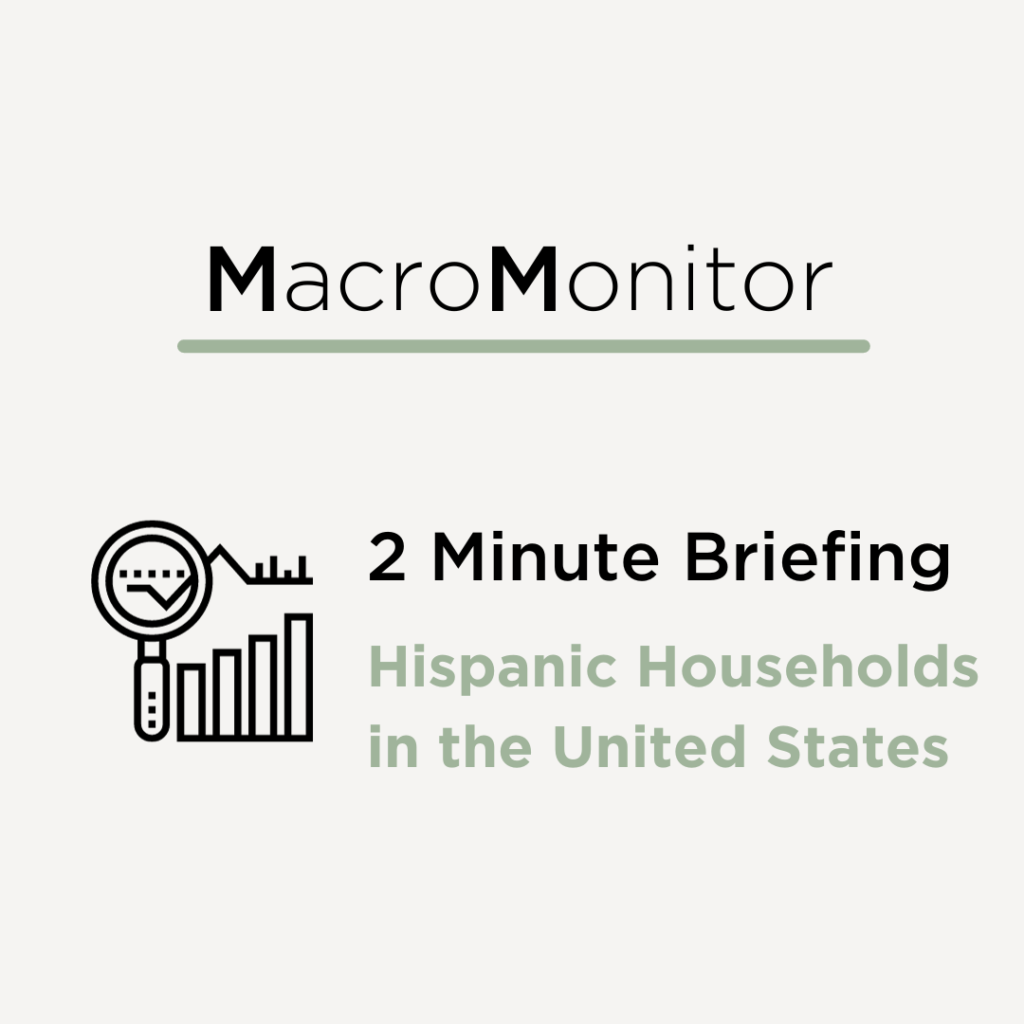

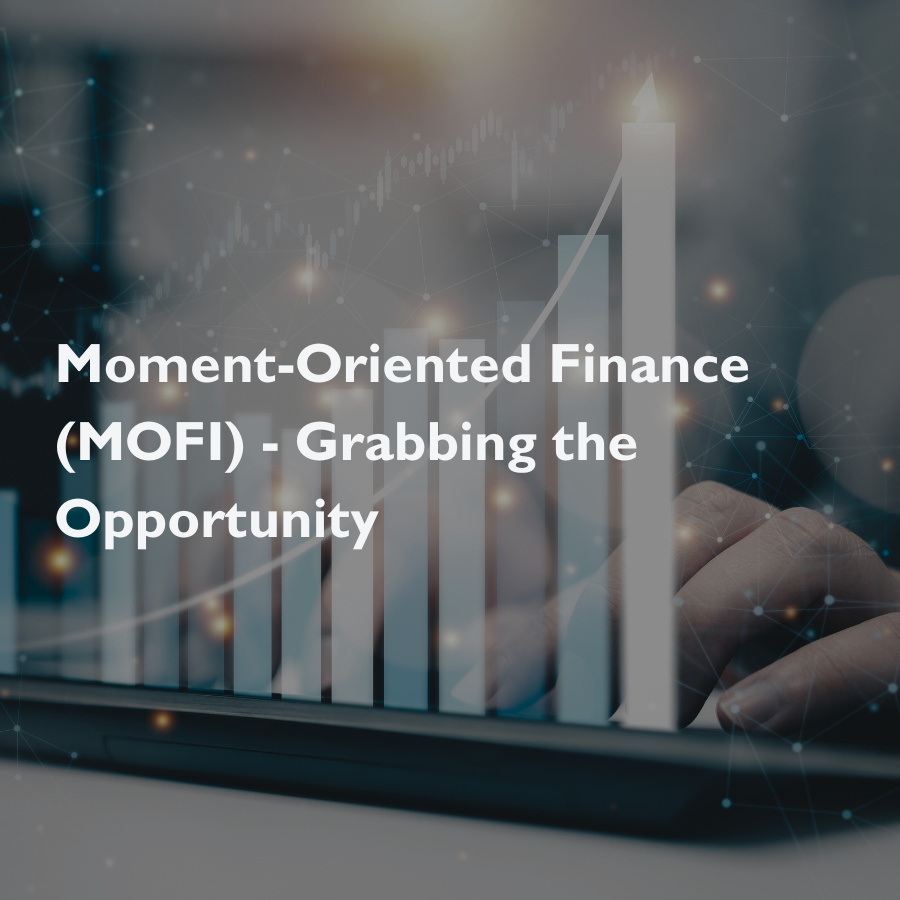











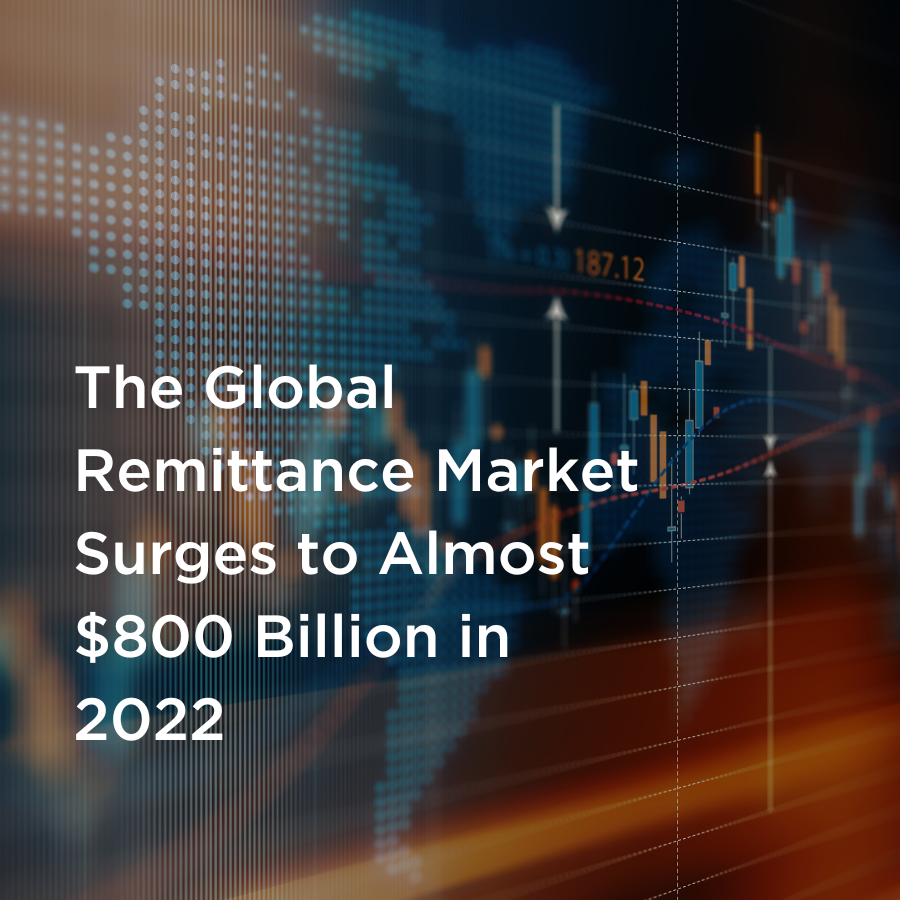

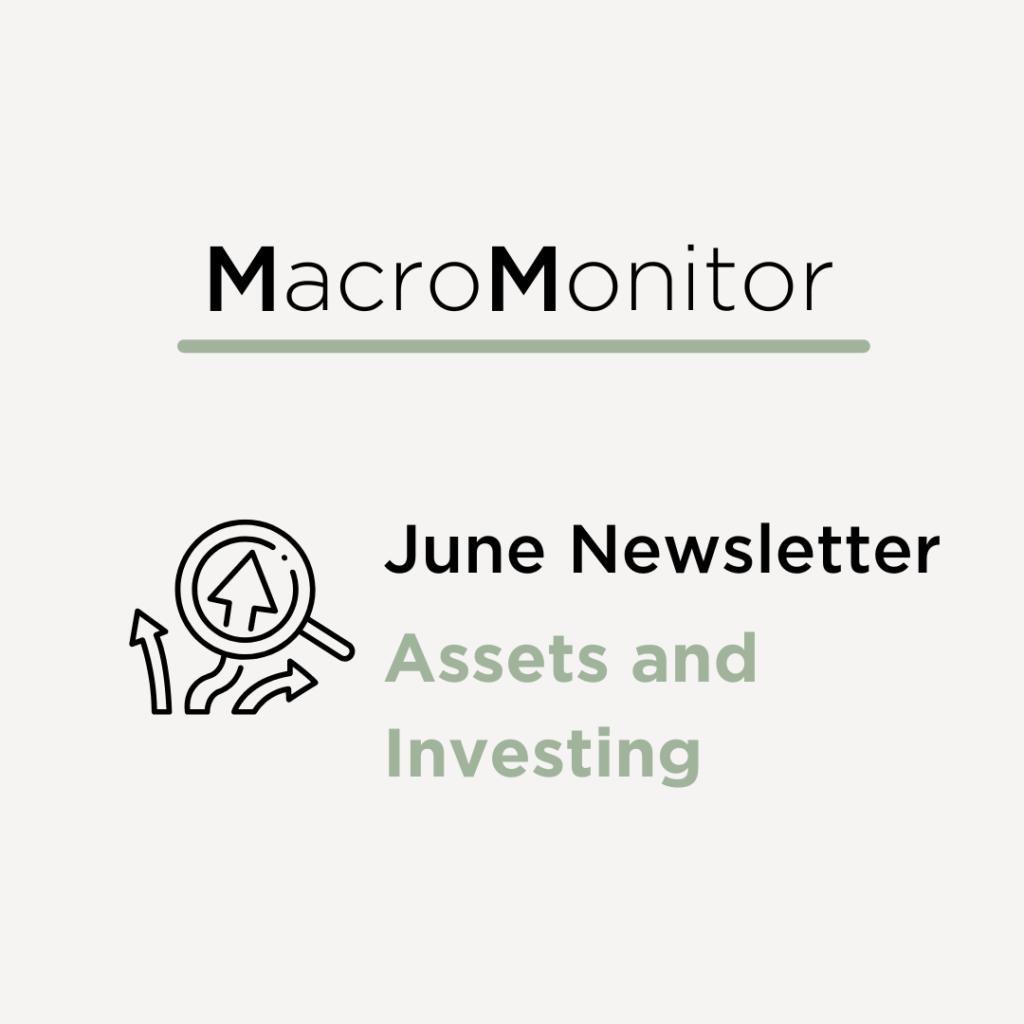

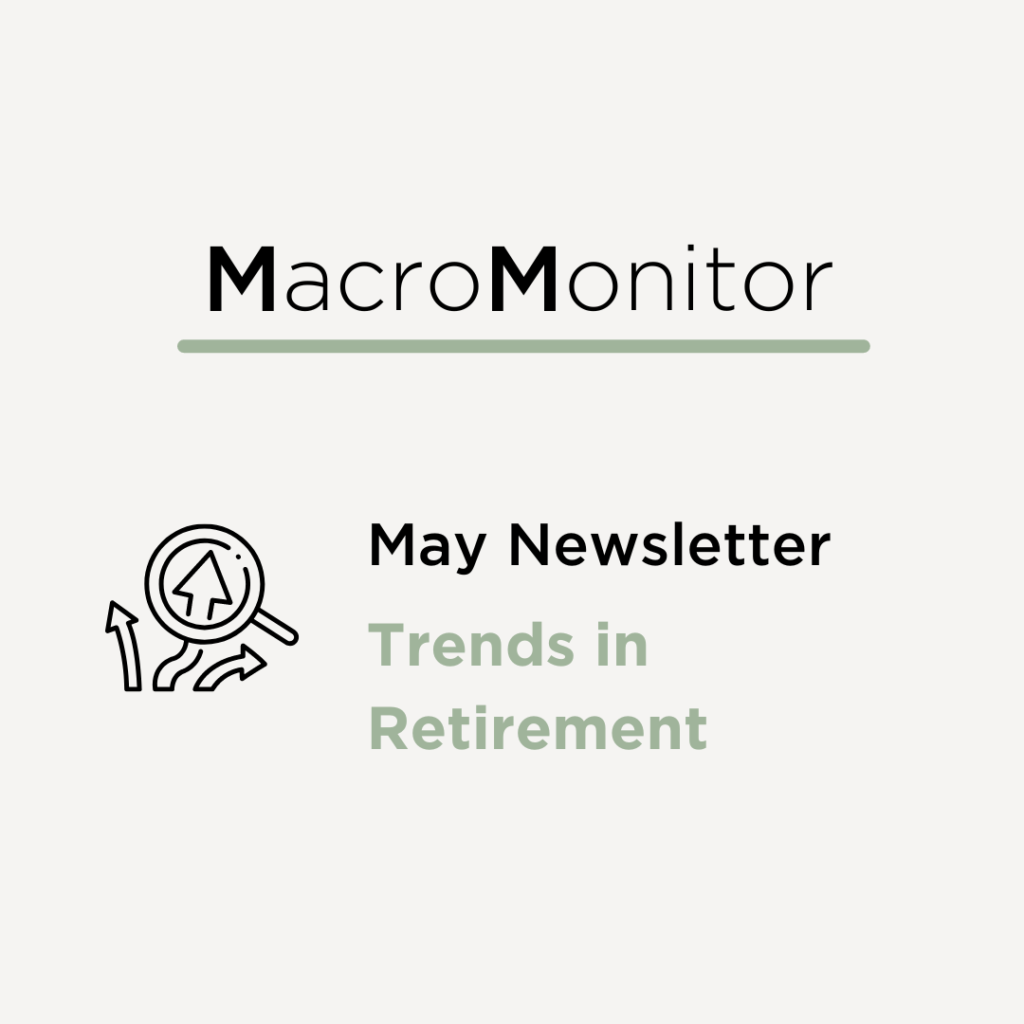
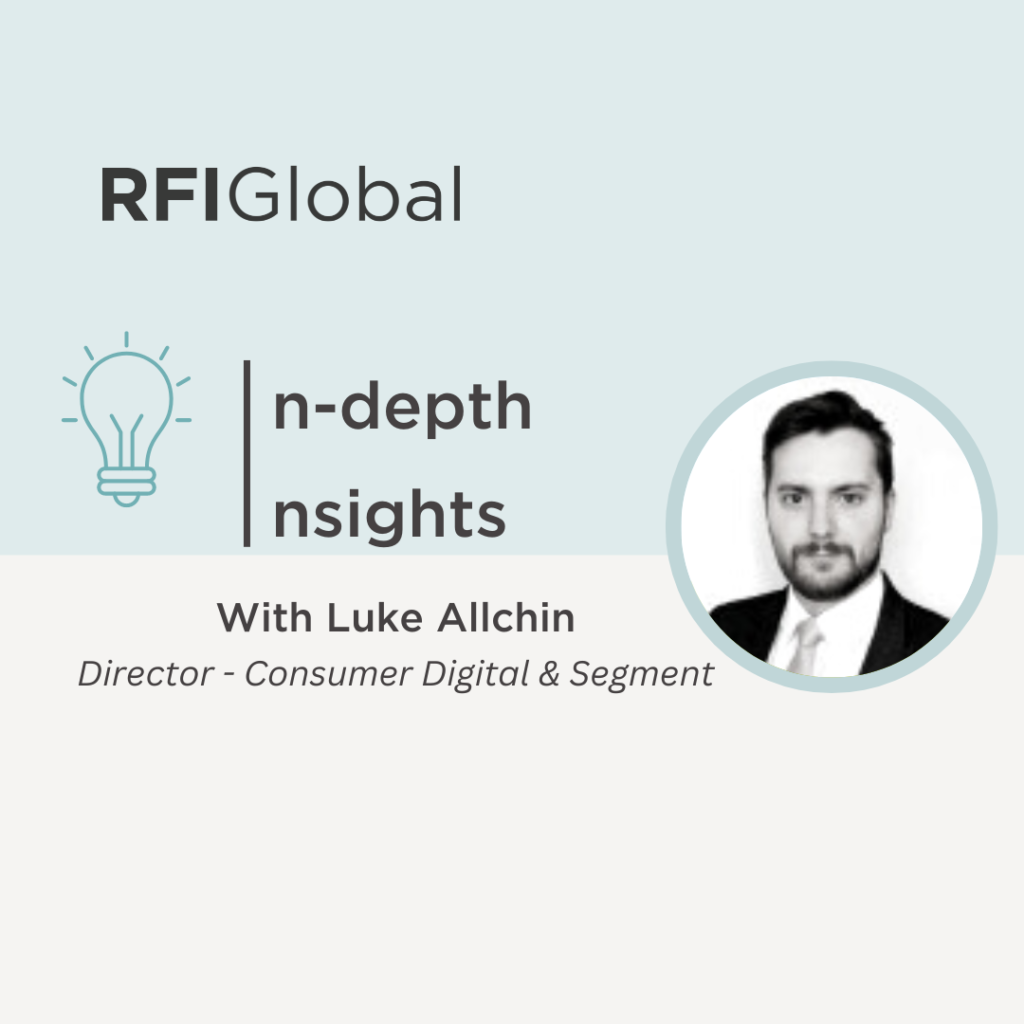
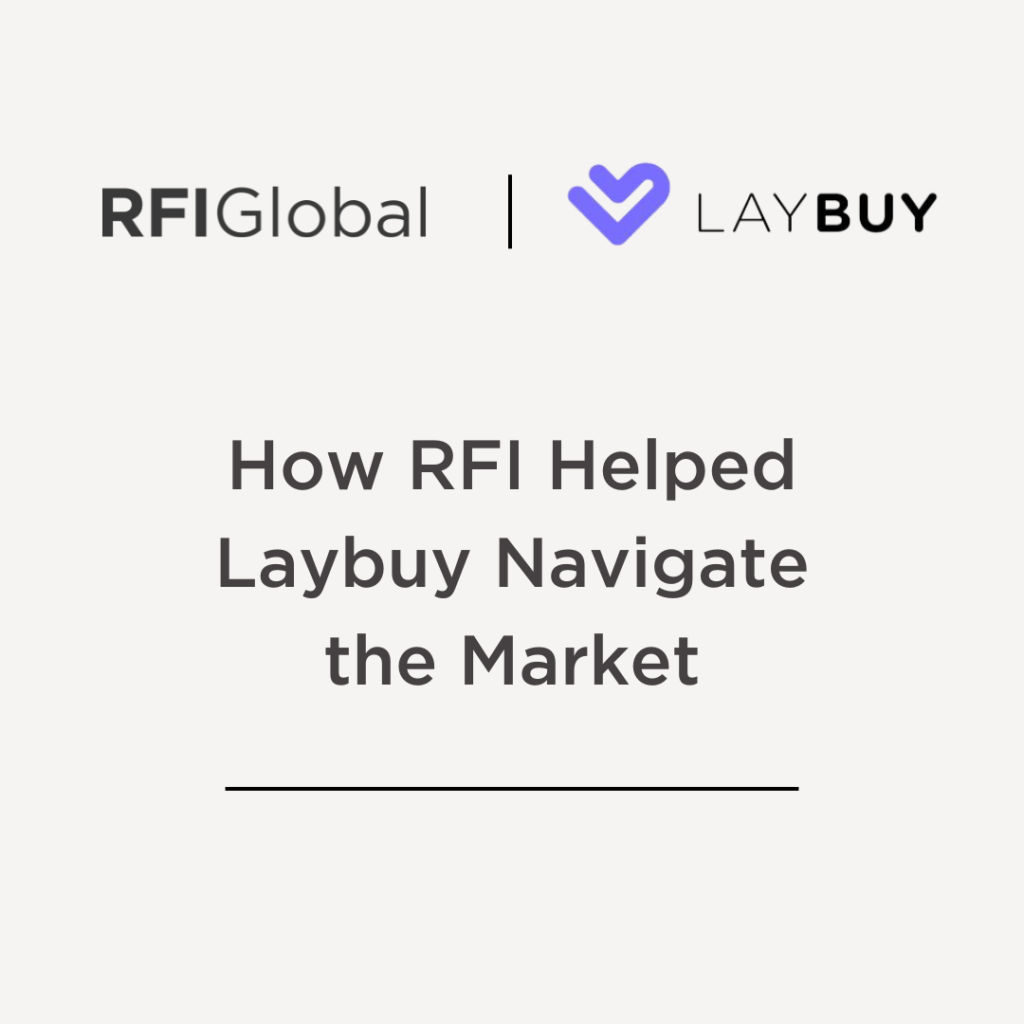
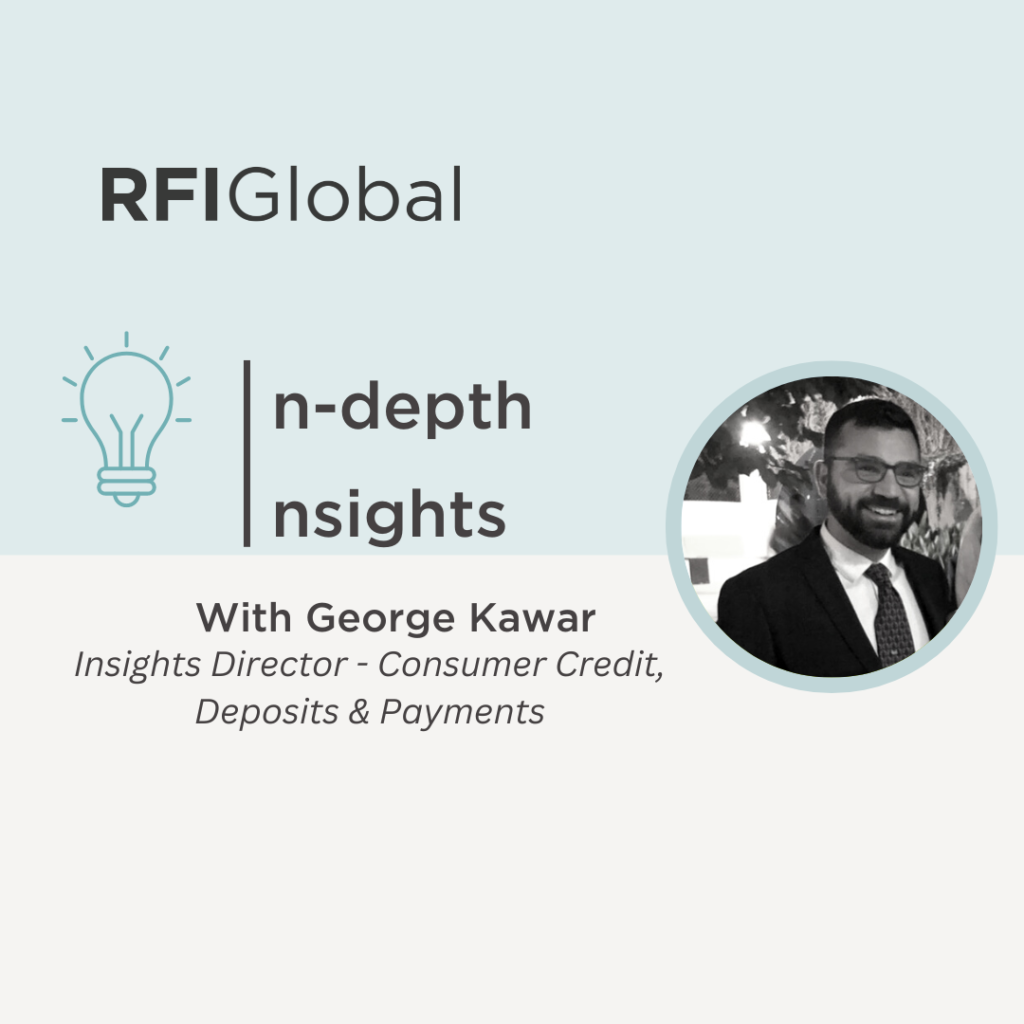
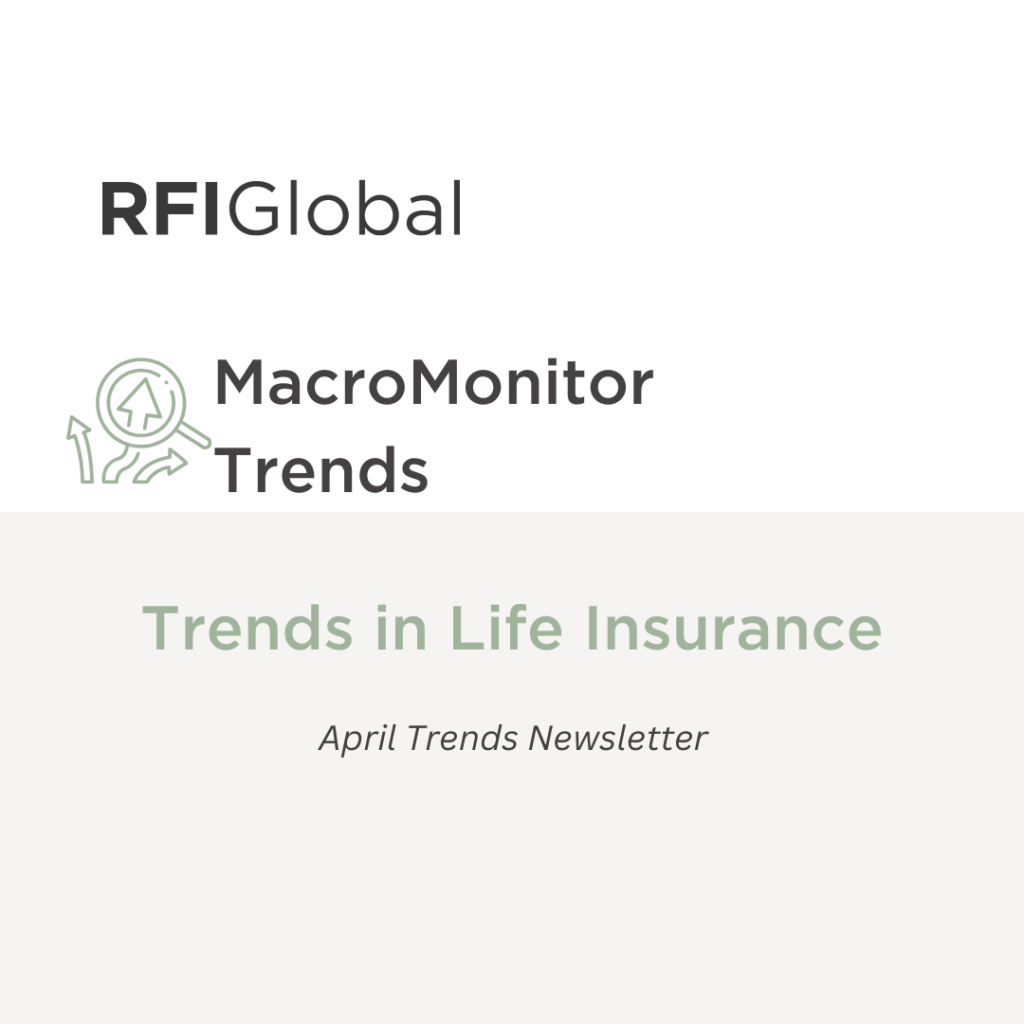
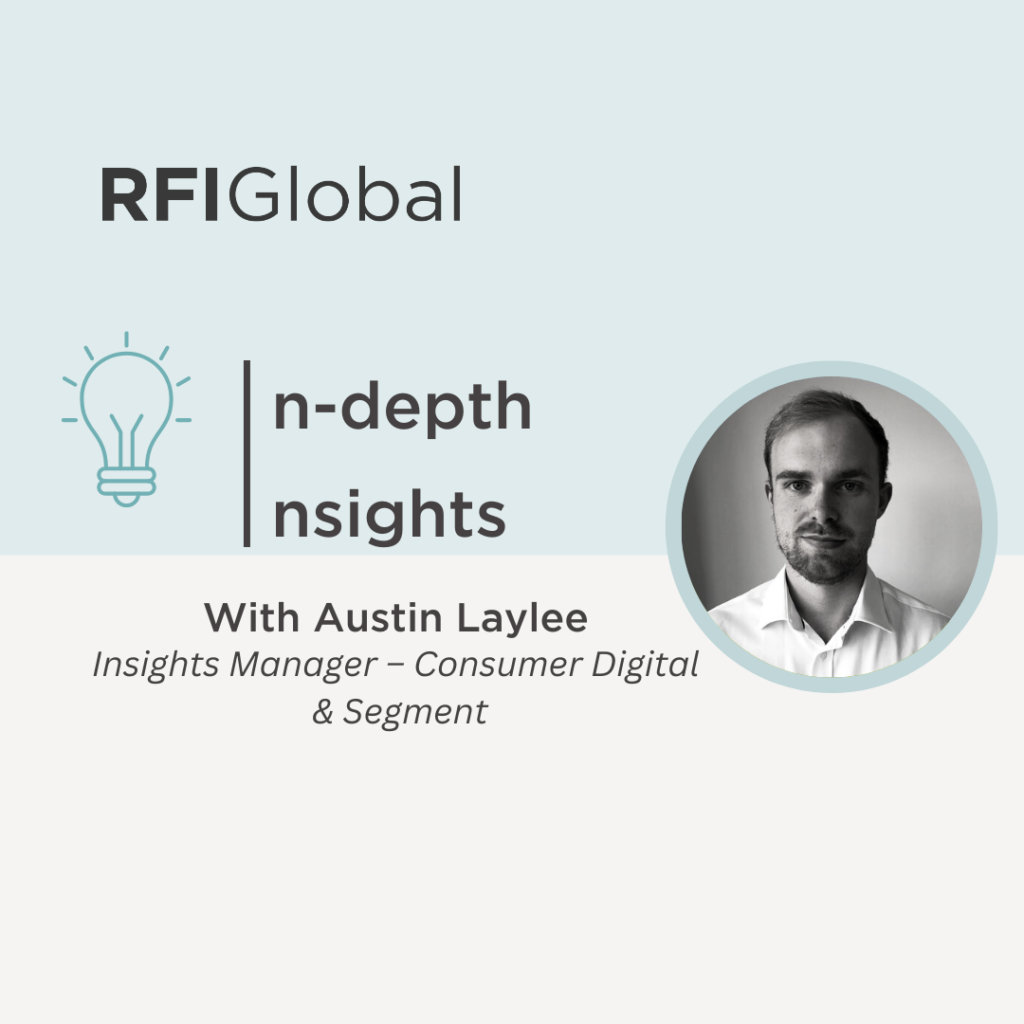
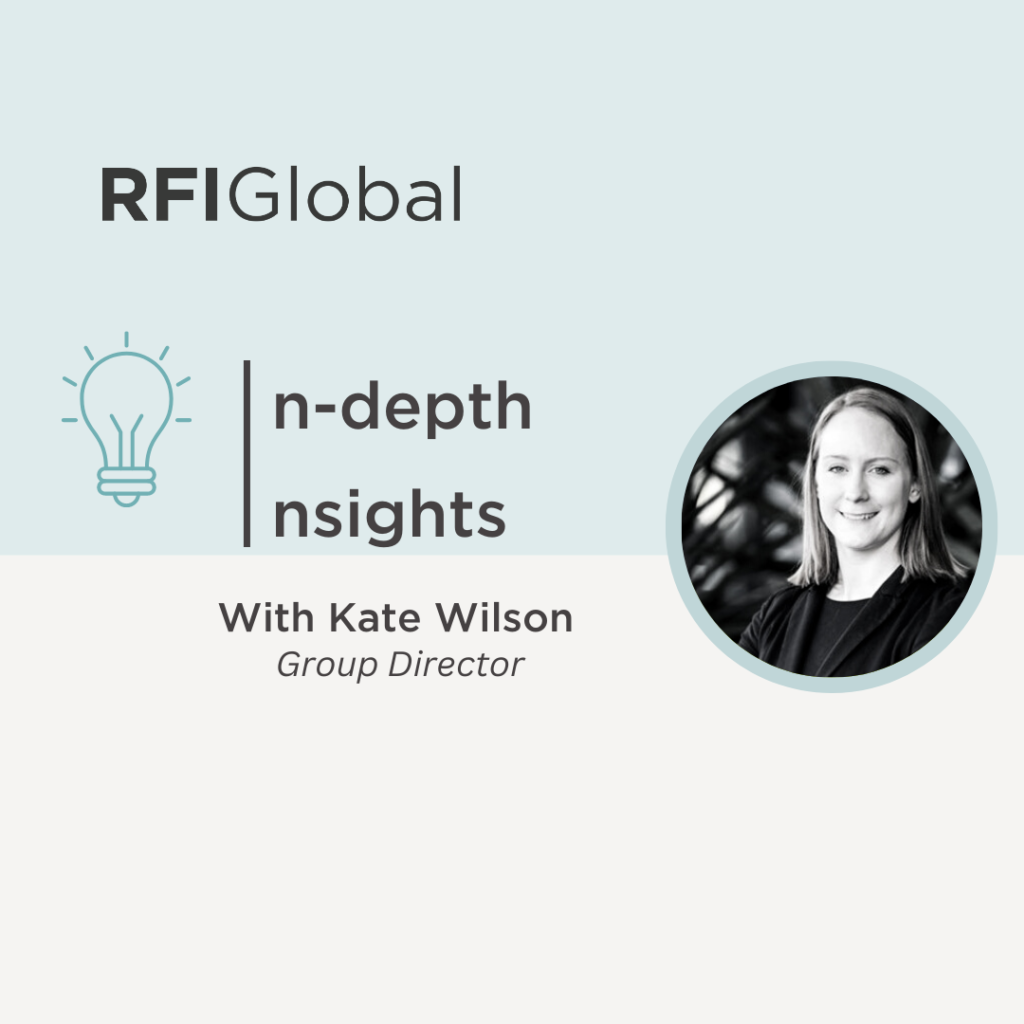
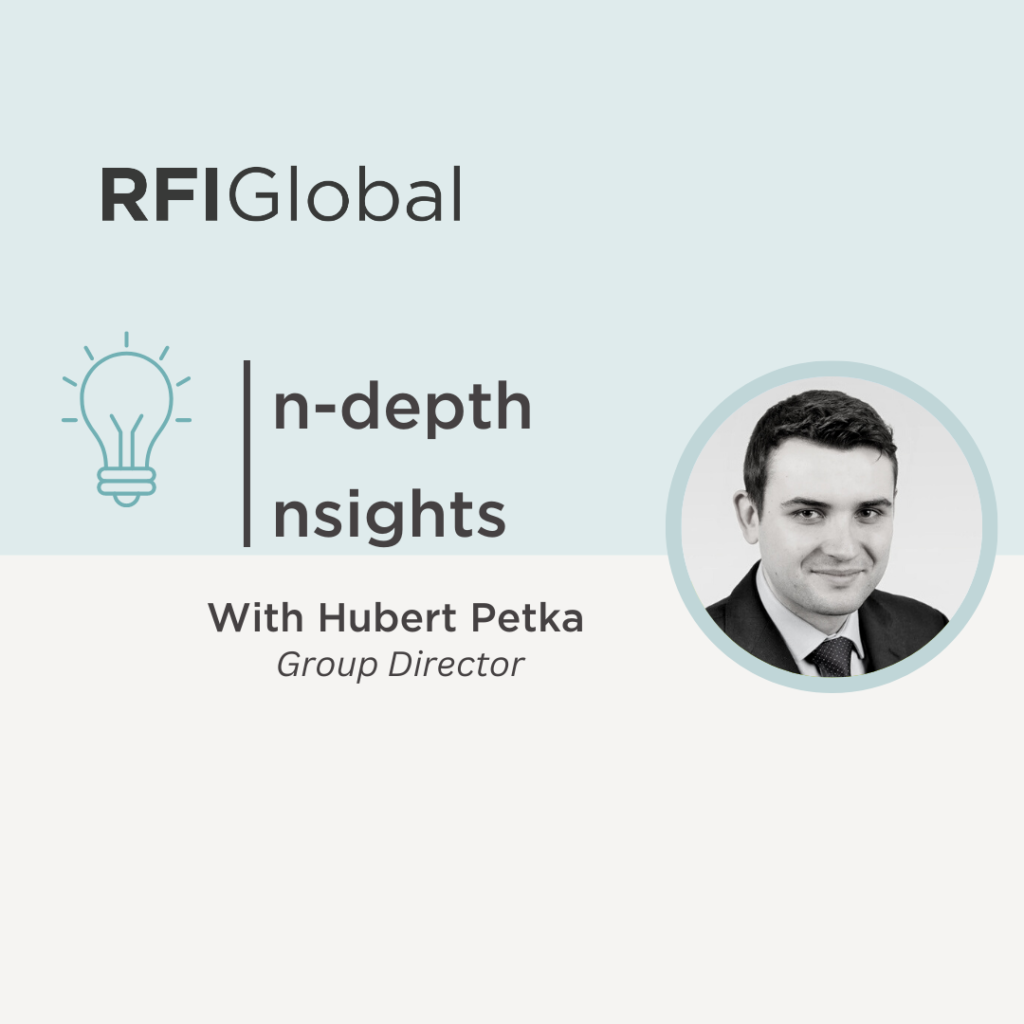
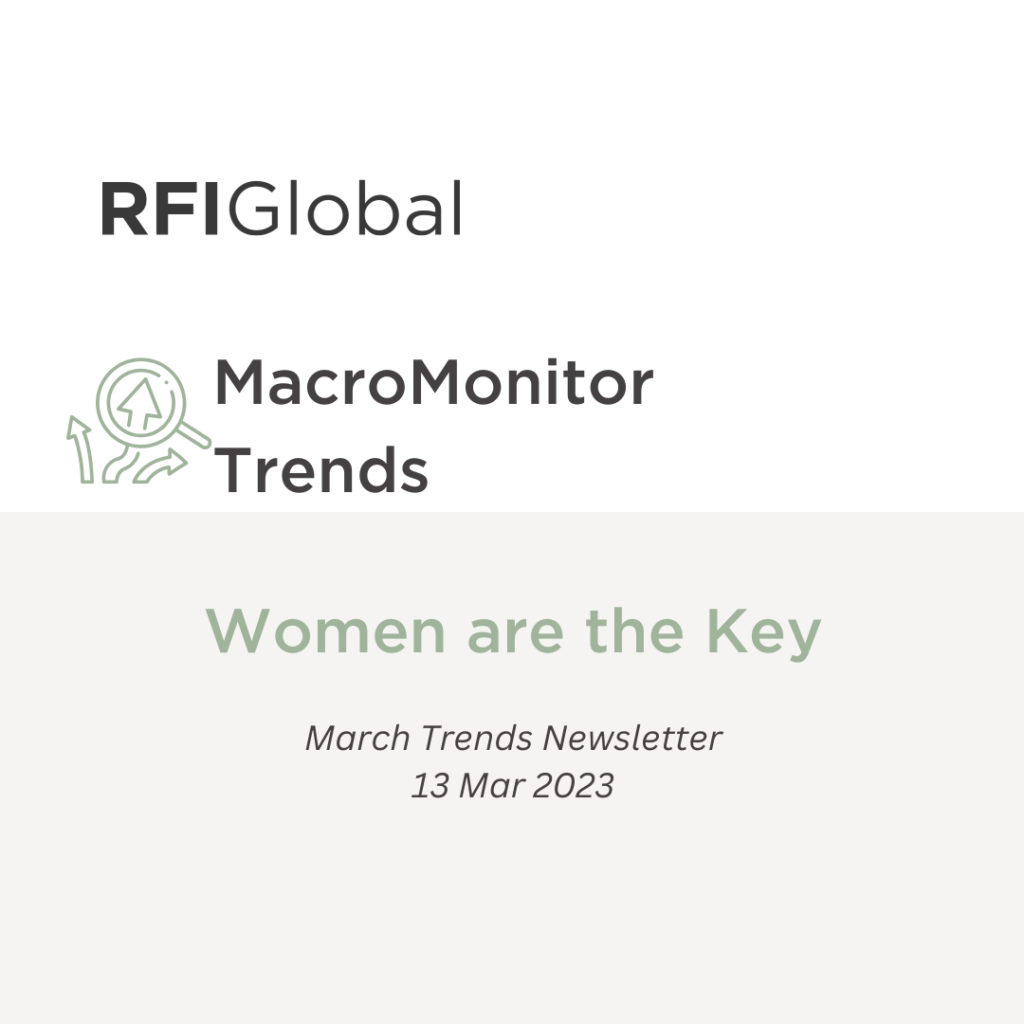


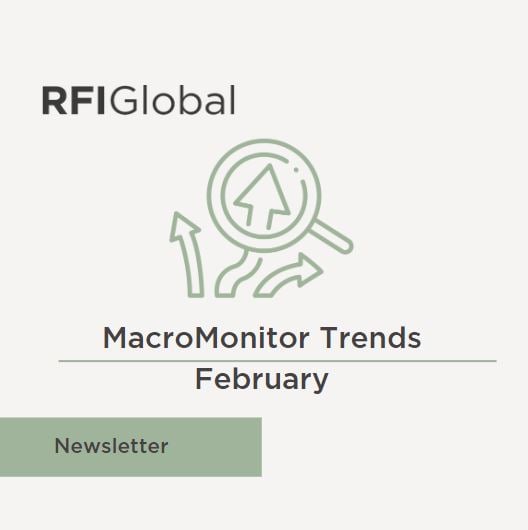


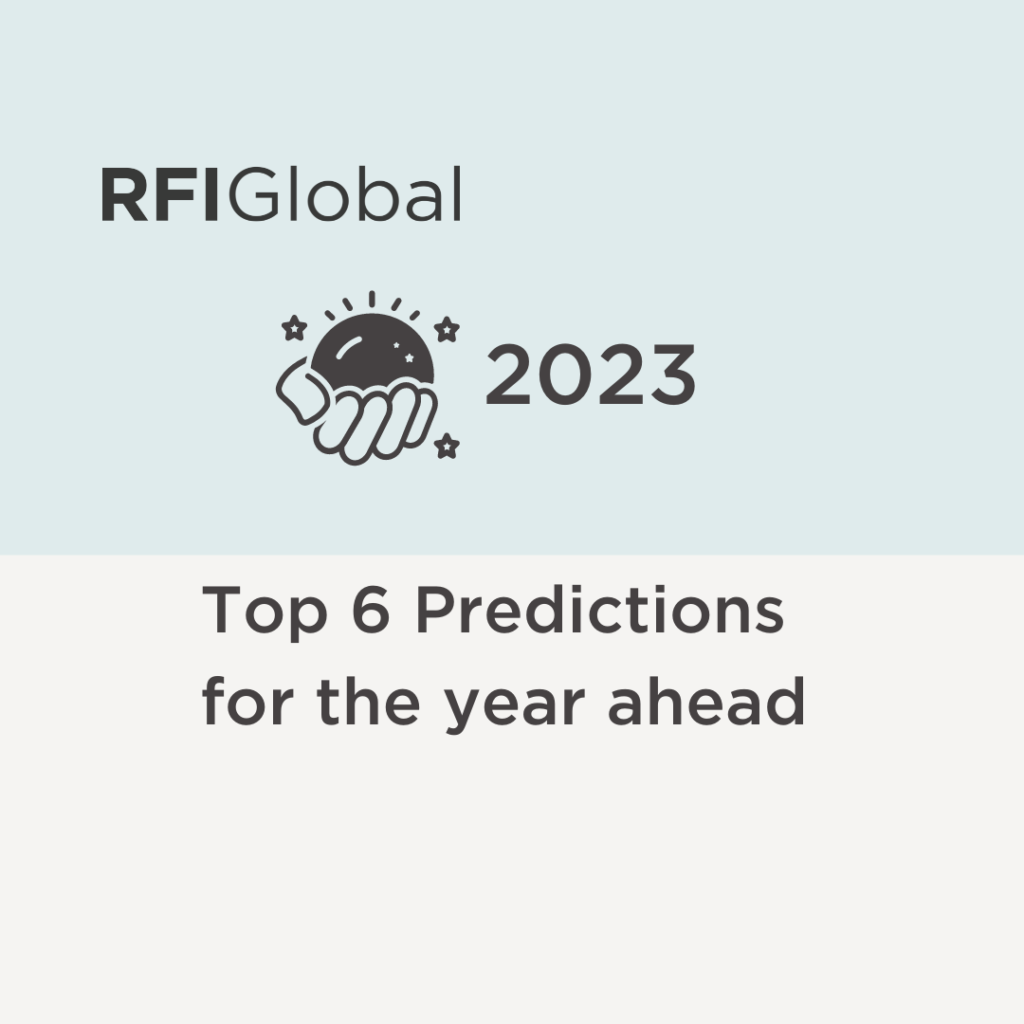

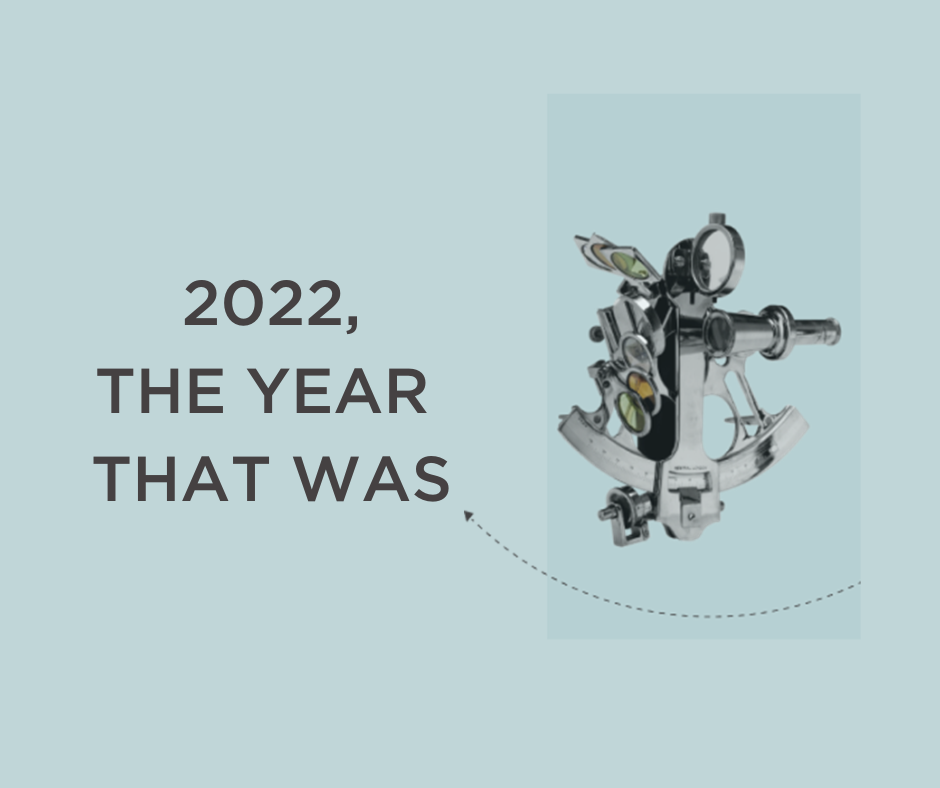








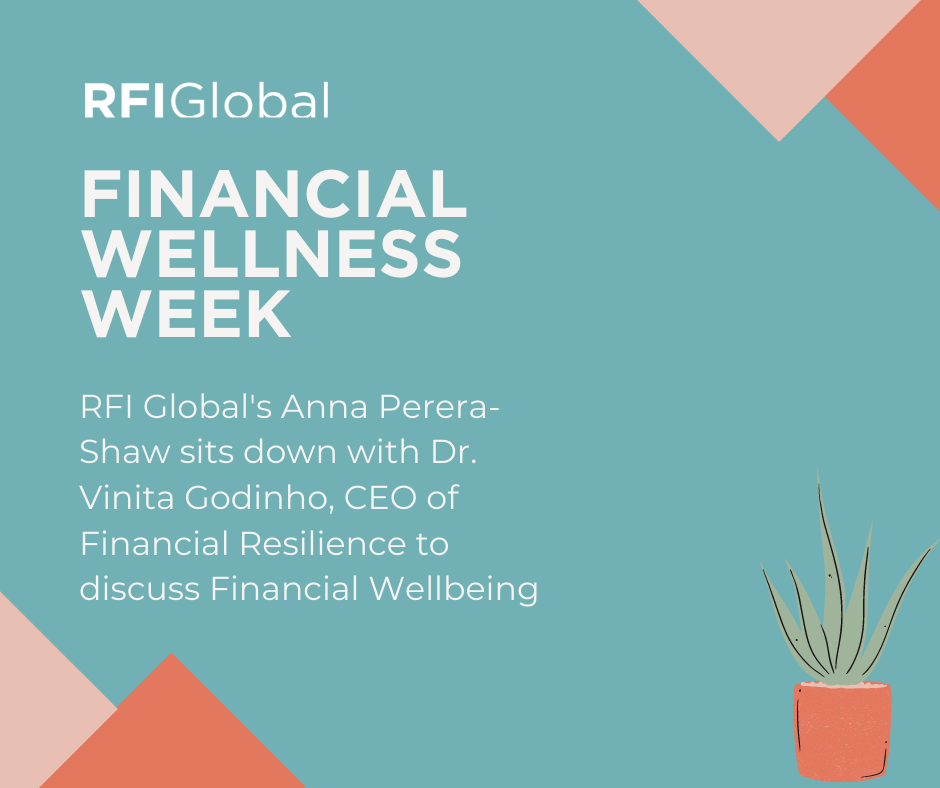





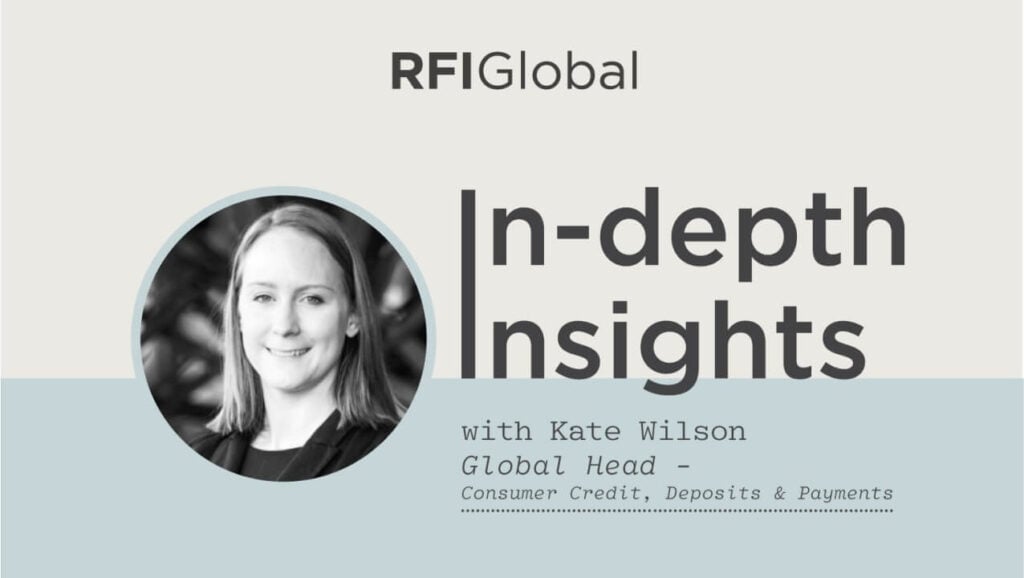










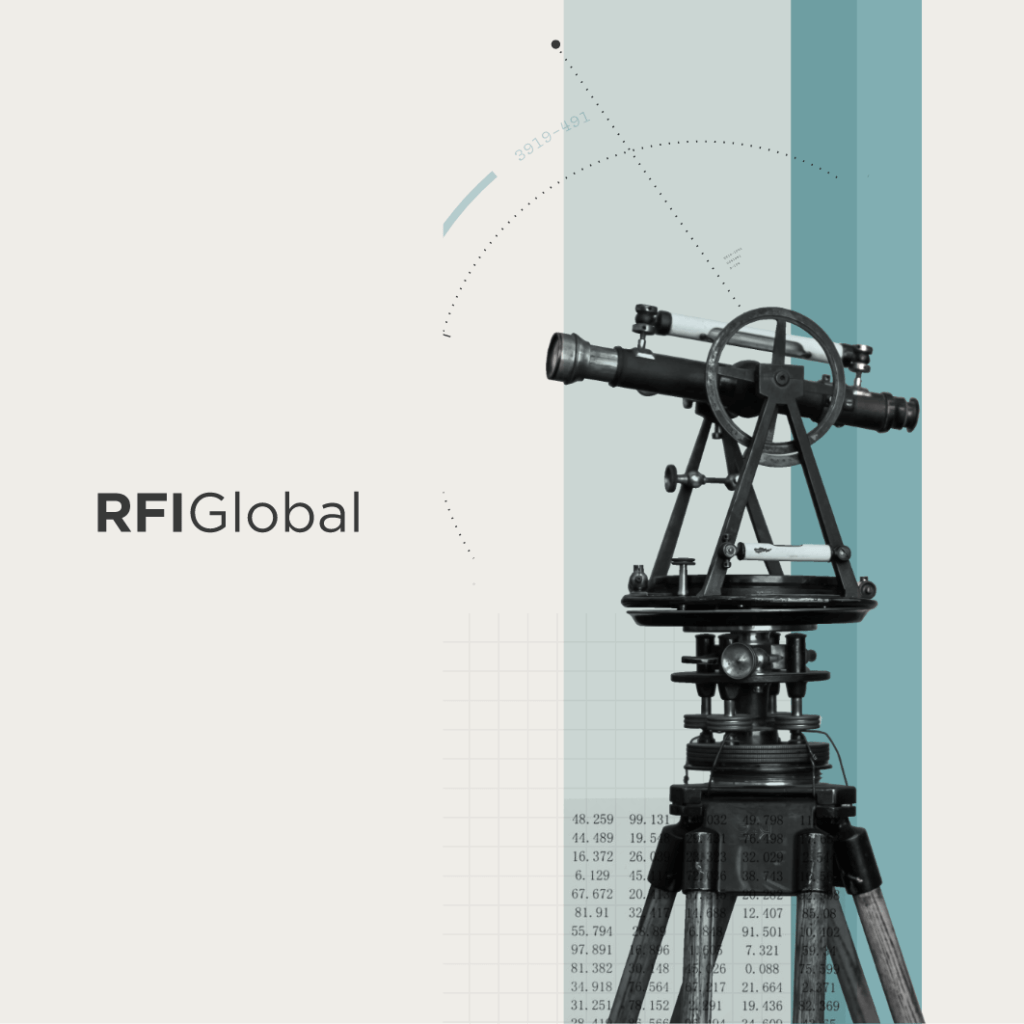


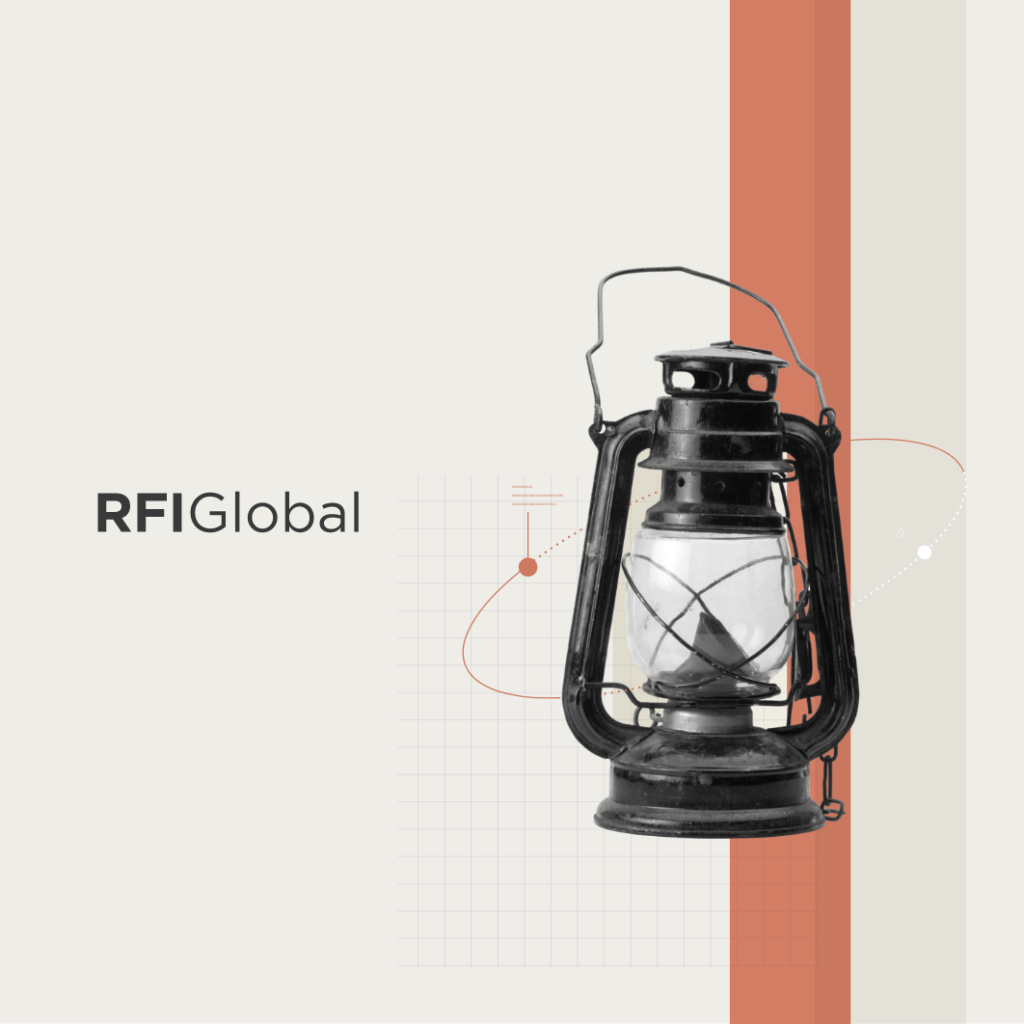
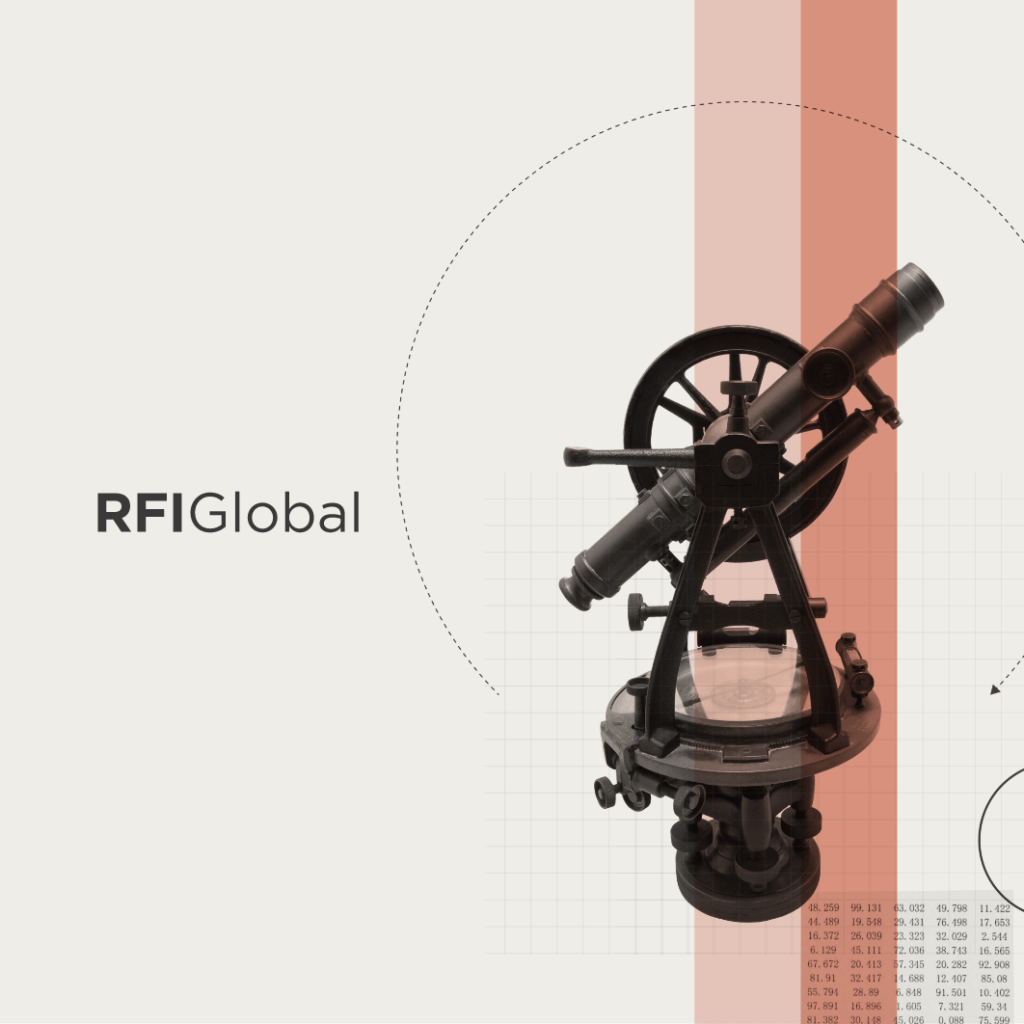
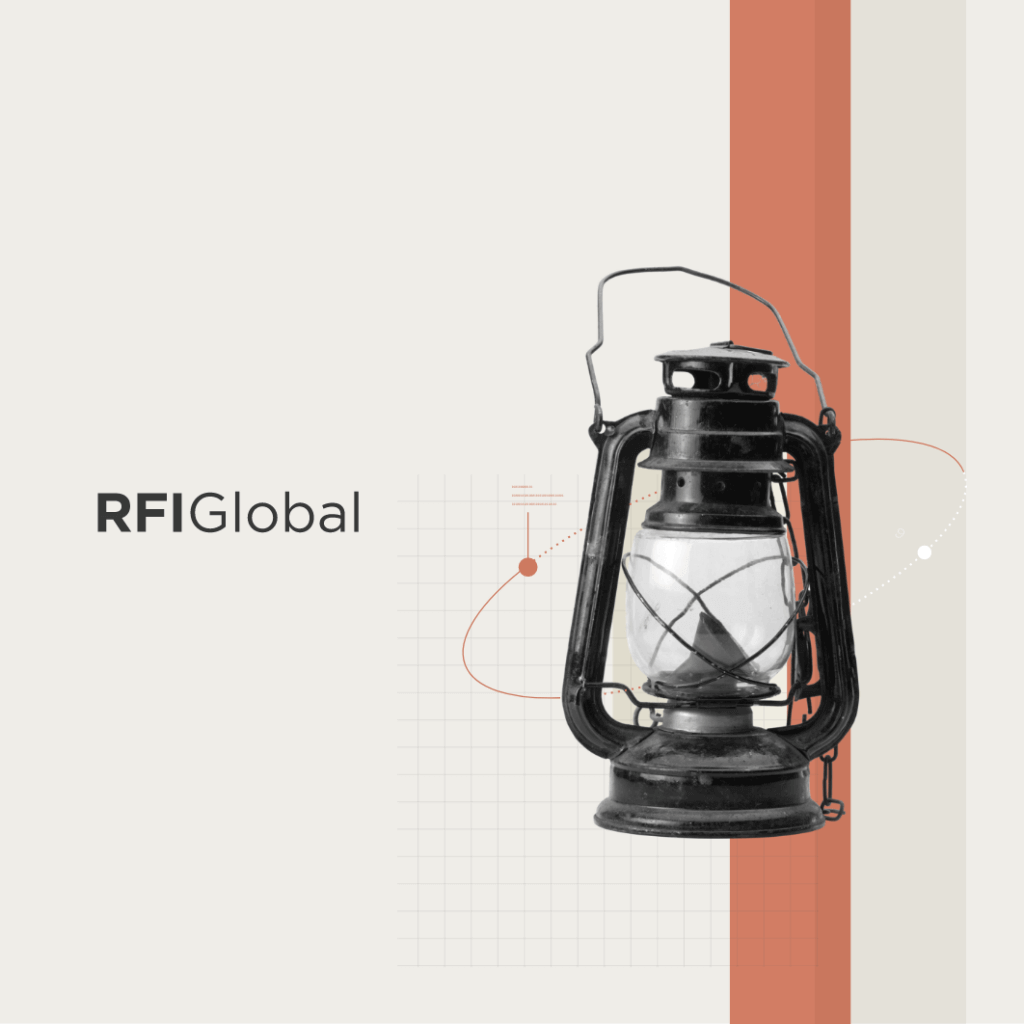
/NQA-ISO-27001-Logo-UKAS.jpg)